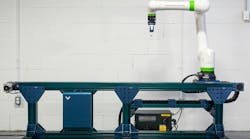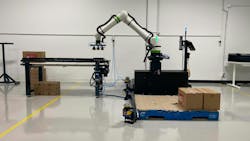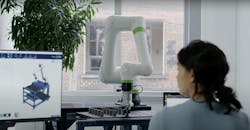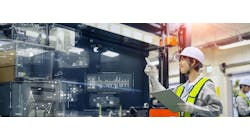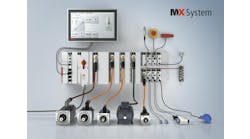Large enterprises have long dominated industrial automation, while most small and medium-sized manufacturers remain on the sidelines. Despite increasing pressure from labor shortages and persistent recruitment challenges, many still see robotics as too complex, expensive or risky. But this reality is beginning to shift fast.
The robotics industry is approaching a tipping point, and the unlocks that will drive widespread adoption are no longer theoretical—they're taking shape. At the same time, global competition is intensifying.
Data from the International Federation of Robotics (IFR) shows that the United States ranks 10th globally in robot density, with 295 units per 10,000 employees. In contrast, China has surged to third place with 470 units per 10,000 workers, reflecting its aggressive 30% growth over the past five years. In March, China announced a 1 trillion yuan ($137 billion) investment in robotics and high-tech manufacturing, further accelerating its lead.
According to World Population Review, China is the world's top manufacturing economy, with almost 32% of global manufacturing, measured in value of goods manufactured. China's output is double that of the United States. The message is clear: to remain globally competitive, the United States must scale automation at a much faster pace.
Here are the four major breakthroughs that will make this possible.
1. Platforming and productization
Historically, industrial automation has been project-based: unique machines, custom code and one-off solutions. This model doesn't scale. The first major lever is the move toward standardized platforms that integrate design, simulation, programming, deployment and operation. By bringing mechanical, electrical and software components into a single unified environment, manufacturers no longer need to navigate a patchwork of disjointed tools (Figure 1). Even hardware is becoming plug-and-play, with standardized connectors and interchangeable components that reduce the need for specialized technicians. Add highly productized applications on top of this platform, and what emerges is automation that's fast to deploy, reliable and easy to operate, even by non-experts.
2. Digital twin and physical AI
The second driver is the ability to thoroughly simulate automation cells before investing in physical infrastructure. Digital-twin technology, combined with artificial intelligence (AI), allows manufacturers to de-risk their automation investments. They can virtually model, test and optimize workflows, eliminating guesswork and costly surprises (Figure 2). This shift transforms how decisions are made and significantly accelerates the timeline from concept to production.
3. Knowledge sharing
A less visible, but equally powerful key advancement is how knowledge is retained and lost. Manufacturing floors across the globe hold countless solutions buried deep within programmable logic controller (PLC) code or motion controllers, inaccessible to others facing similar challenges. The software industry has long embraced open-source sharing and collective problem-solving; manufacturing has yet to fully catch up. Unlocking and standardizing this tribal knowledge will be critical to scaling automation more efficiently across sectors.
Get your subscription to Control Design’s daily newsletter.
4. Affordability
The most critical driver is affordability. The future of robotics depends on making automation solutions that fall below annual capital expenditure limits and deliver payback in under a year. Costs are falling fast by reducing complexity—fewer sensors, simplified mechanical designs and AI-driven control. Some manufacturers are already seeing average payback periods of just over one year, with certain regions approaching sub-one-year returns. The economics are what makes automation not just viable but urgent. To increase the adoption of automation for small and medium companies, it will be crucial to see sub-one-year payback as the norm versus an outlier.
Automation for all
Taken together, these milestones represent a fundamental shift. With smarter platforms, virtual testing, shared knowledge and drastically improved economics, automation is no longer reserved for the elite few. It's becoming accessible, practical and scalable for the many.
The path to widespread robotics adoption is no longer about waiting for the technology to catch up; it’s about catching up to the global pace. The industry is ready. The question now is: who’s prepared to lead?
